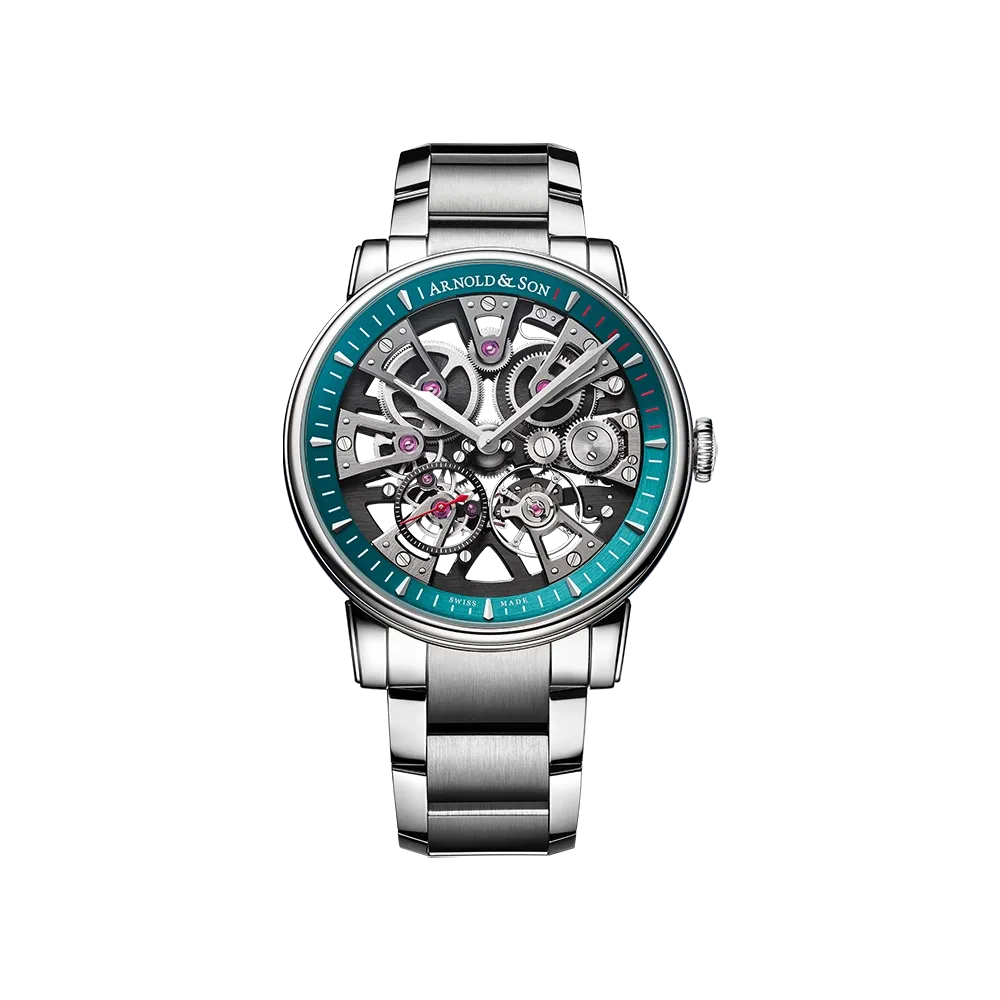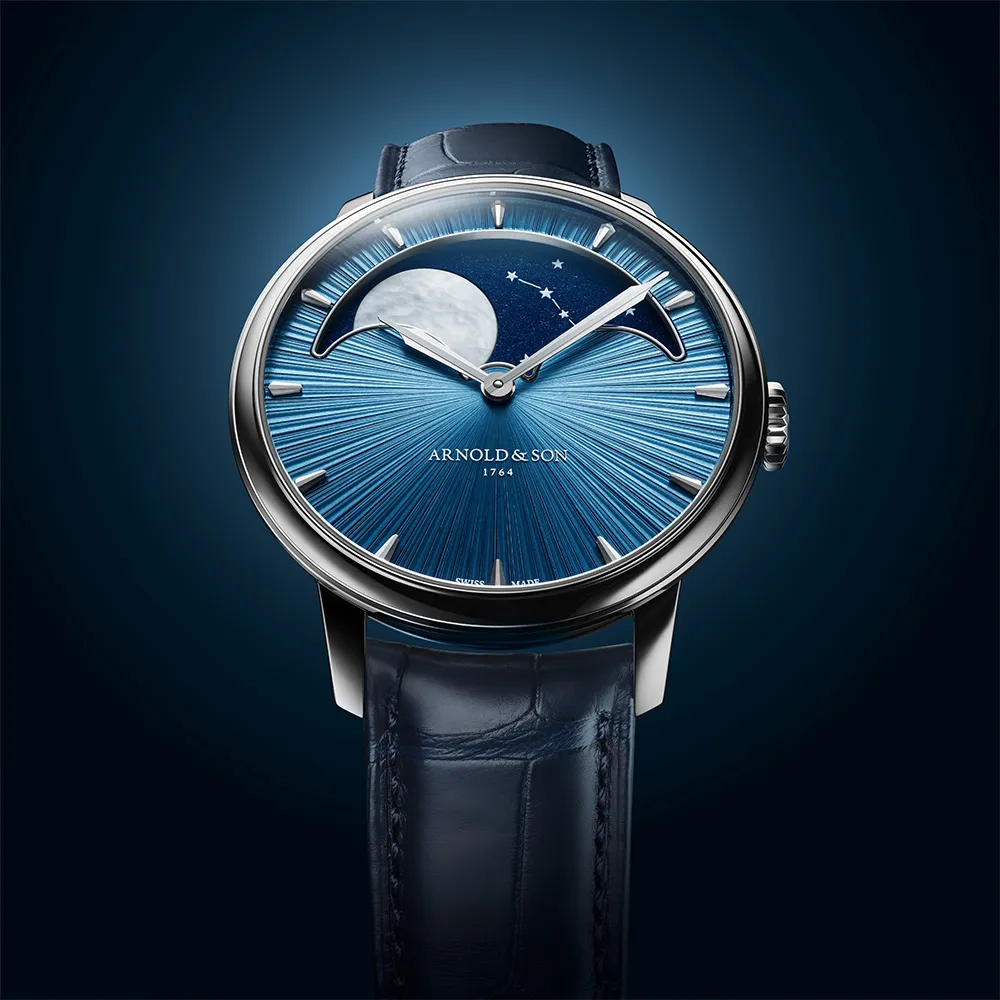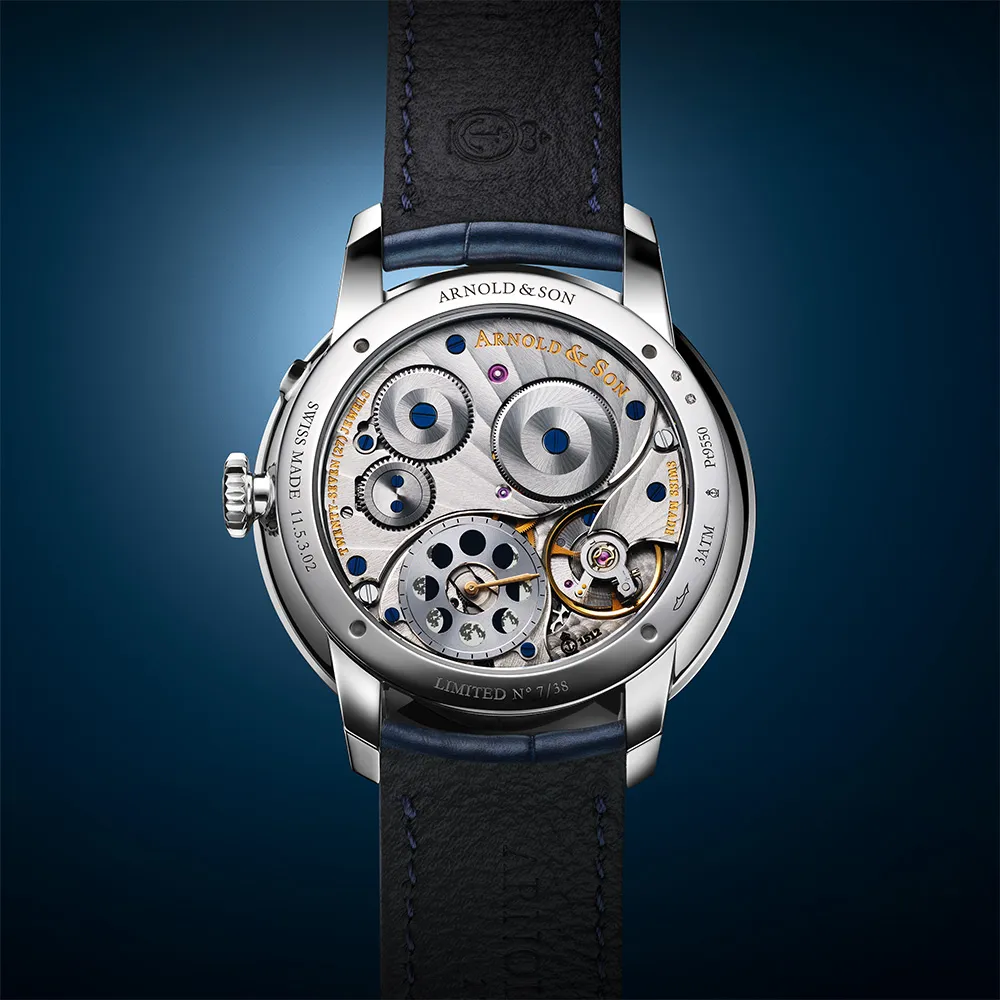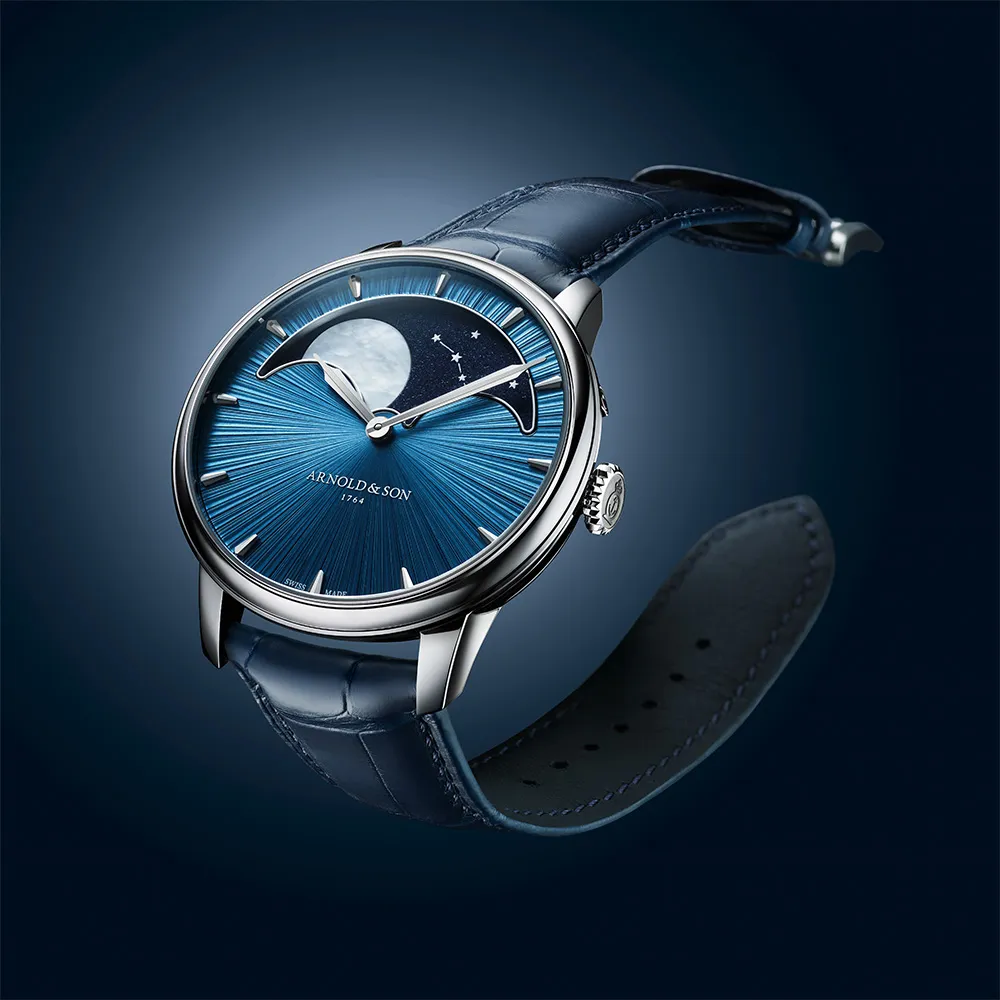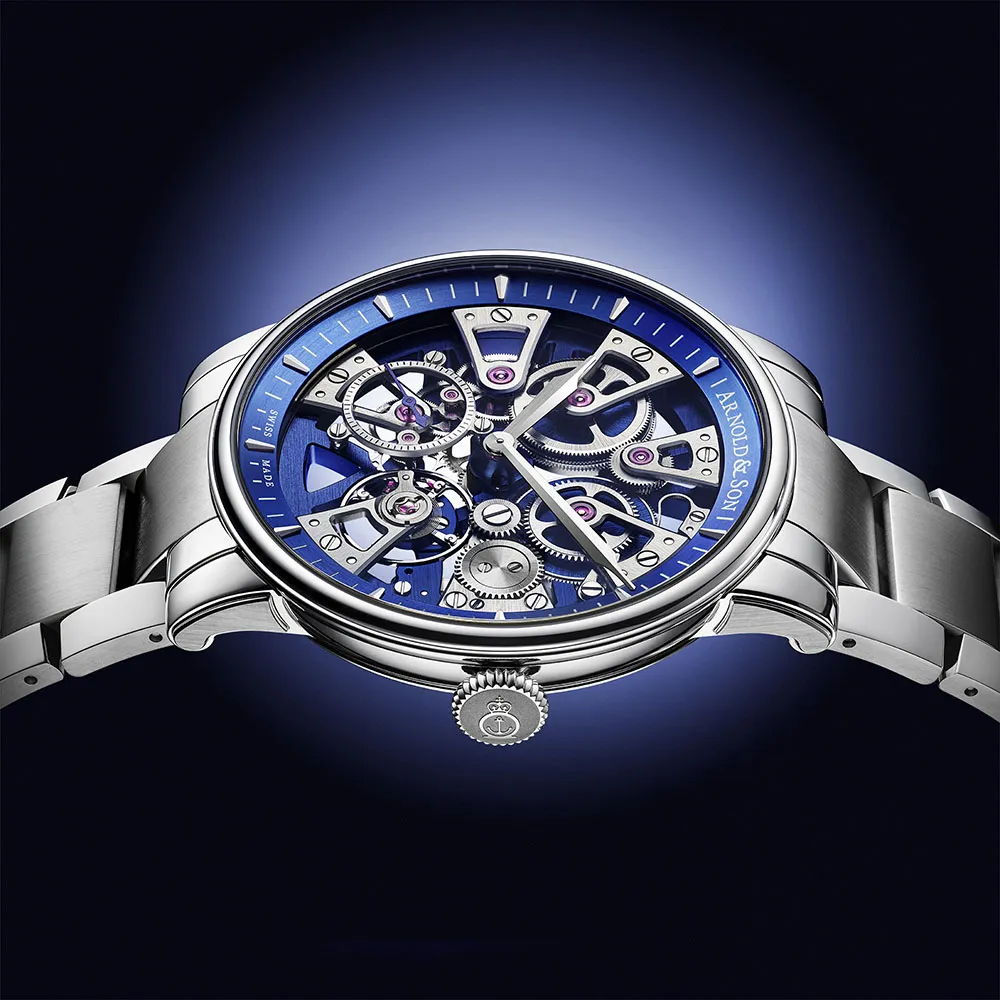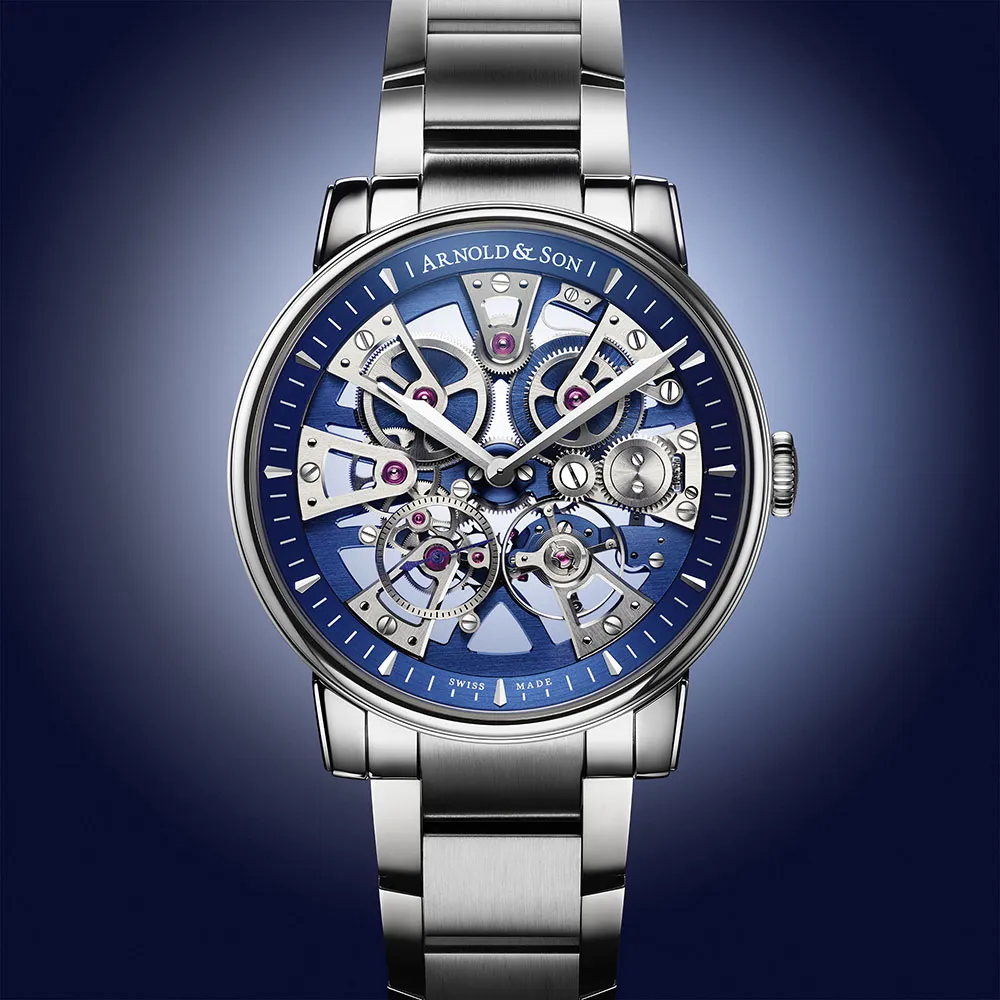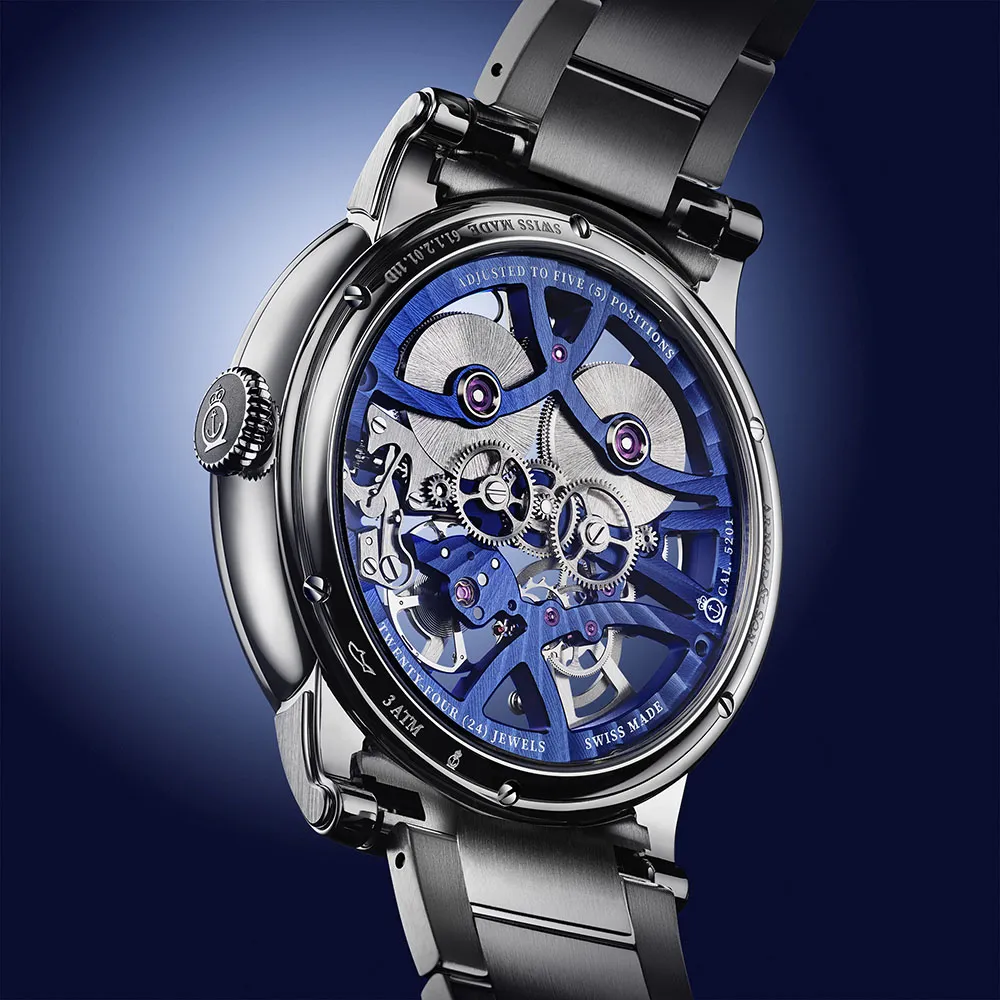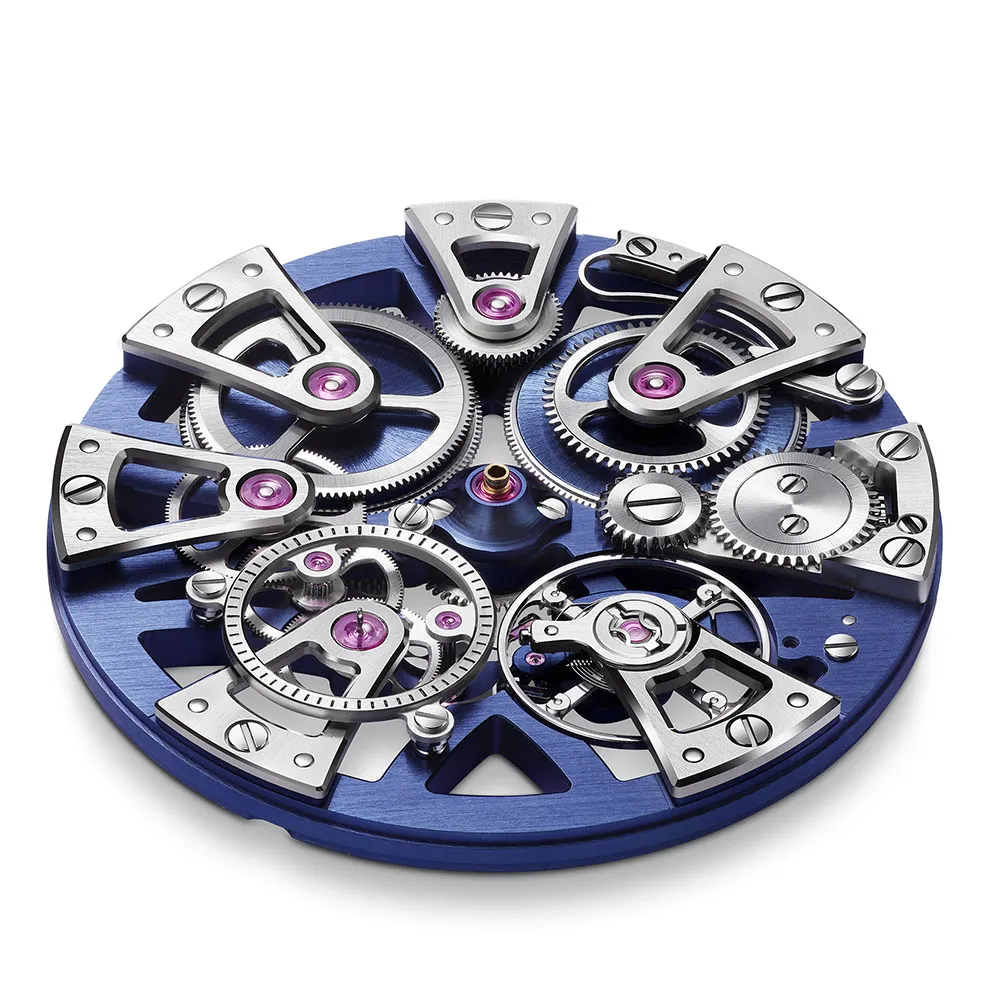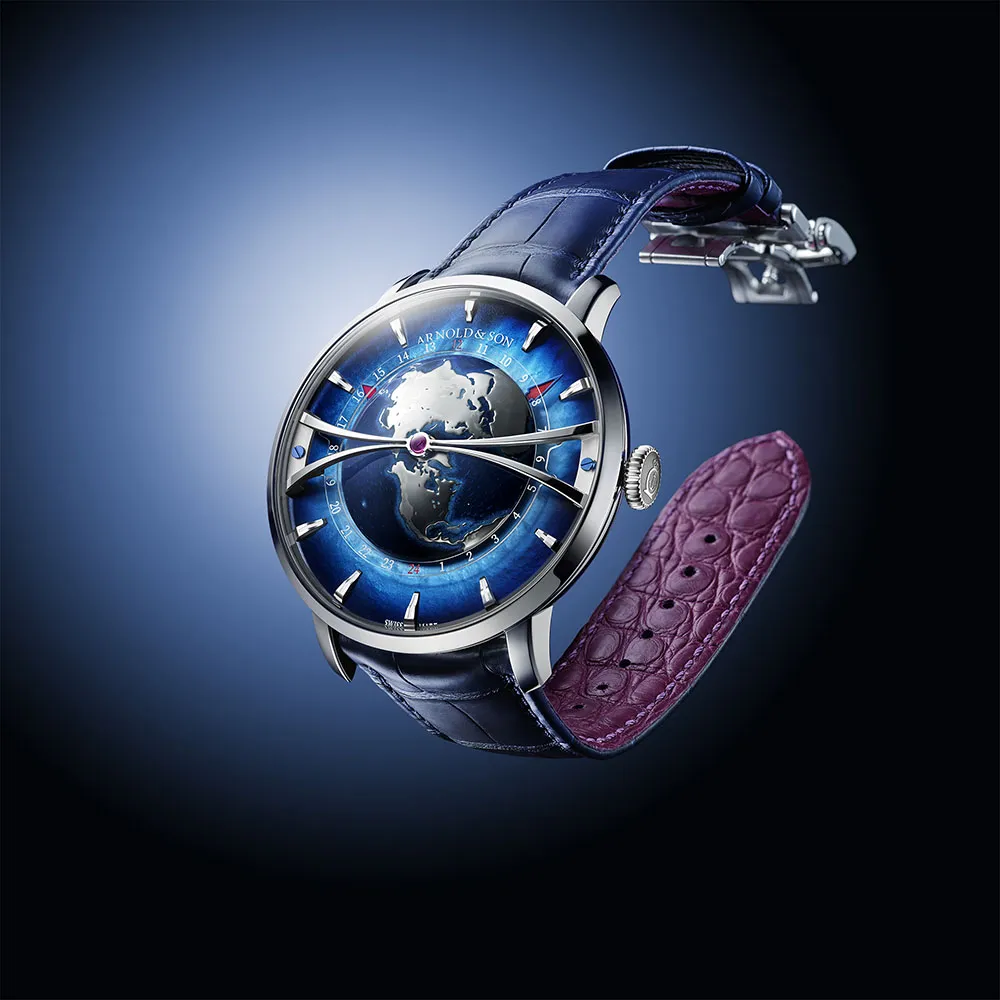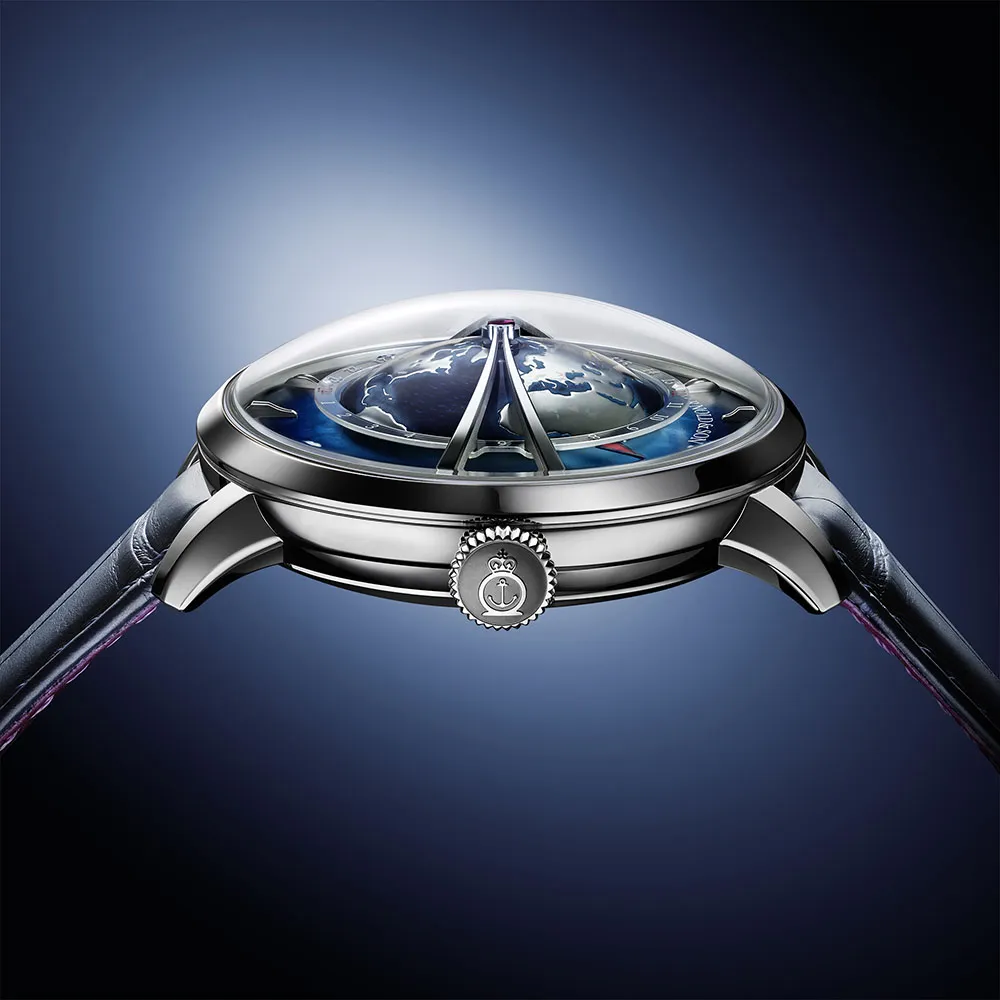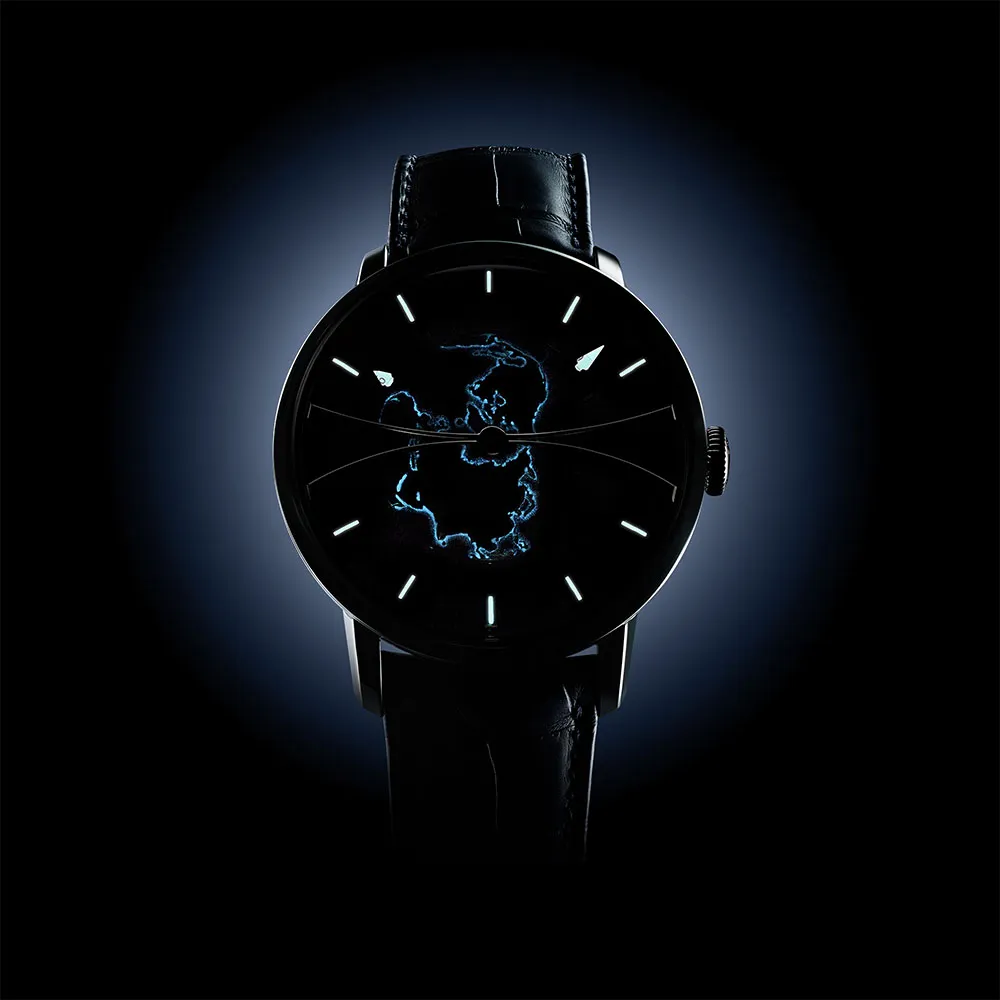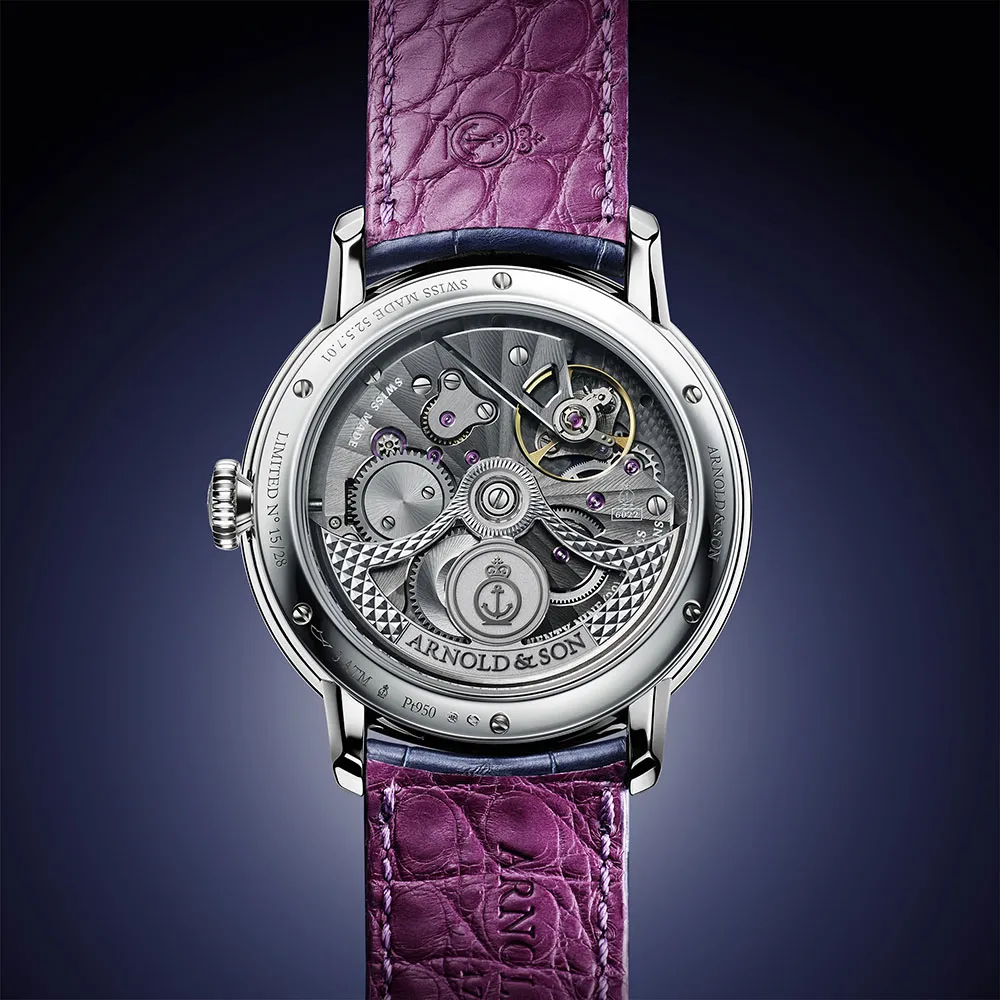
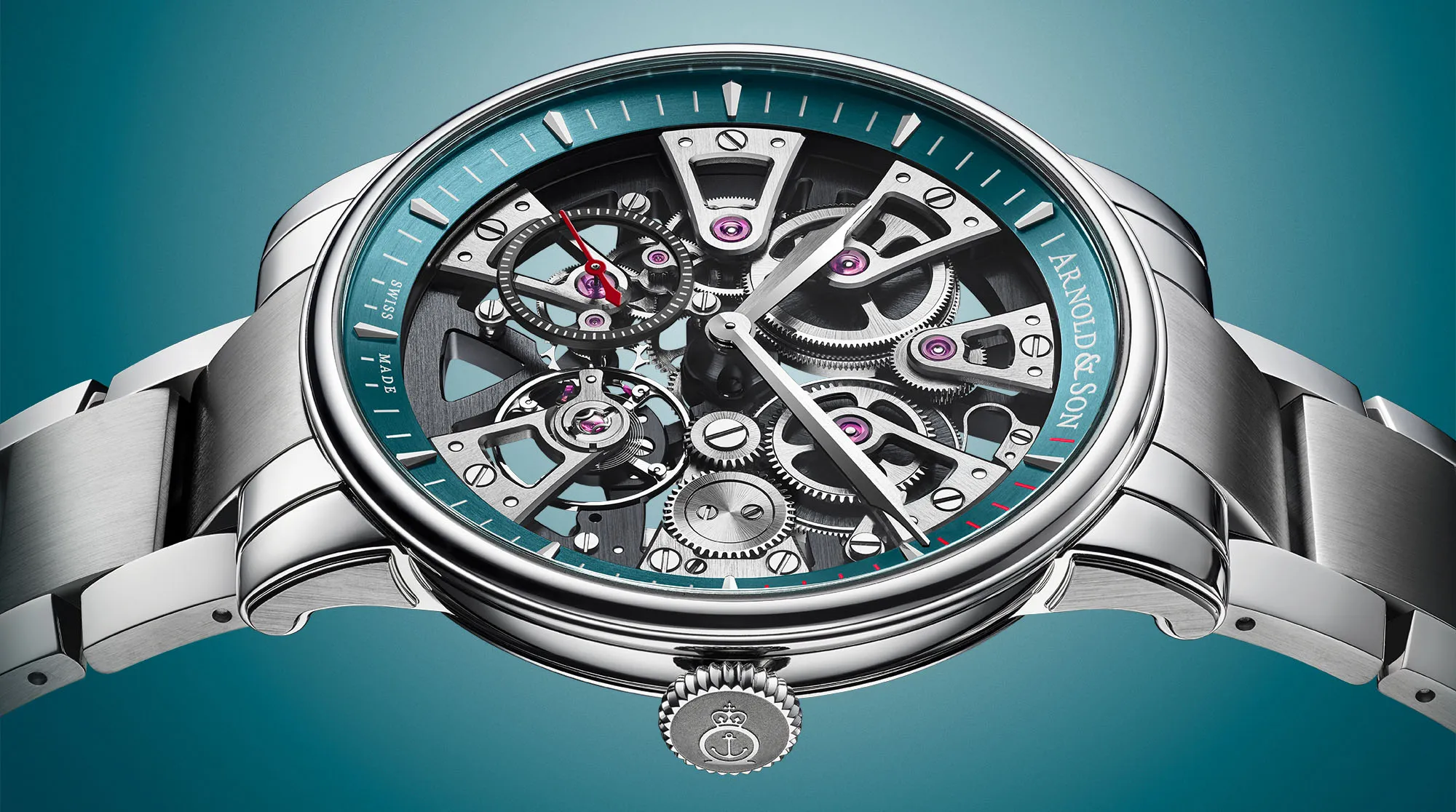
Arnold & Son History
Arnold & Son is named after John Arnold, English watchmaker of the 18th century renowned for his ingenuity. The golden age of maritime explorations and discoveries ushered precision into a new technical ideal – determining longitude at sea. Astronomy and chronometry are inextricably linked to John Arnold’s work. These dimensions – astronomy, chronometry and worldtime – are embodied in the House’s contemporary timepieces. Echoes of John Arnold’s inventions and preoccupations, these pillars represent the foundations on which the Arnold & Son collections are based.
Astronomy: Under the sky
The Pole Star, Southern Cross, astrolabes and sextant: measuring time has relied on the recurrence of astronomical phenomena in order to find long, reliable points of reference there that can be used under any conditions. The fruit of the human ingenuity, patience and dedication of countless observers and astronomers from every culture, these markers of cyclical time are foundational for Arnold & Son watchmaking.
Astronomical complications are a signature of Arnold & Son collections, with the moon as the heavenly body of choice, main subject and major inspiration. The distinctive feature of the Brand’s moon phase timepieces is that they feature “astronomical” display precision as a matter of course. This term corresponds to an accumulated one-day deviation in the moon phase display every 122 years. Since setting this complication requires great finesse, the Arnold & Son moons generally have a double display with a secondary indicator on the case back next to the movement. This extremely rare display bears witness to Arnold & Son’s involvement in all types of development and reflects its favoured themes, which are as much chronometric as astronomical.
Chronometry: Be accurate
Rate accuracy, which is known as chronometry, is the key requirement of Arnold & Son’s contemporary watchmaking. It is the standard of excellence for its collections, the first condition to be met and constantly checked, whether it is at the forefront or in the background of a watch designed by Arnold & Son. It is the most discreet of a movement’s characteristics.
When building an Arnold & Son collection, all the thinking is focused on this chronometry. The manufacture calibres are based on advanced technical fundamentals that are not necessarily the best known. One of them is the choice of small, lightweight balances capable of rapidly returning to their isochronous rate after the latter has been disturbed by inevitable everyday shocks. Another is the routine use of large barrels or even two series-coupled barrels to store the energy required for the movement to function. They consequently provide Arnold & Son’s manual winding calibres with above-average power reserves of 90 hours and more. A third is the particular attention paid to manufacturing the gear trains, roller-burnishing the pinions and polishing the gear teeth, as well as the precision of the machining and therefore the relative positions of the moving parts, a key concept in rate accuracy.
World Time: Here, elsewhere, everywhere
With ocean navigation, humankind divided up the world and invented longitudes, which were calculated by comparing the local time, observed using the sun, and the time at a starting point, kept by an extremely reliable timepiece. John Arnold was one of the leading suppliers of chronometers to the British Navy. He was the one who successfully improved the reliability and simplified the production of these indispensable marine chronometers, so much so that he became a benchmark among great explorers such as James Cook and later Dr David Livingstone. The indication of several time zones is therefore integral to Arnold & Son’s watchmaking identity.
As this navigation was itself inseparable from cartography, for this world time complication Arnold & Son has chosen to depict a three-dimensional terrestrial hemisphere, making it possible to tell what time it is at any point.
In parallel to this graphic vision, Arnold & Son has developed a second approach to the time elsewhere in the world: with a double tourbillon featuring two distinct rotating regulating organs, making it possible to follow time zones offset by 15, 30 or 45 minutes compared to a full hour – a freedom in terms of setting that remains extremely rare.
Discover Arnold & Son’s watches

ULTRATHIN TOUBILLON SKELETON PLATINIUM
41.5 mm
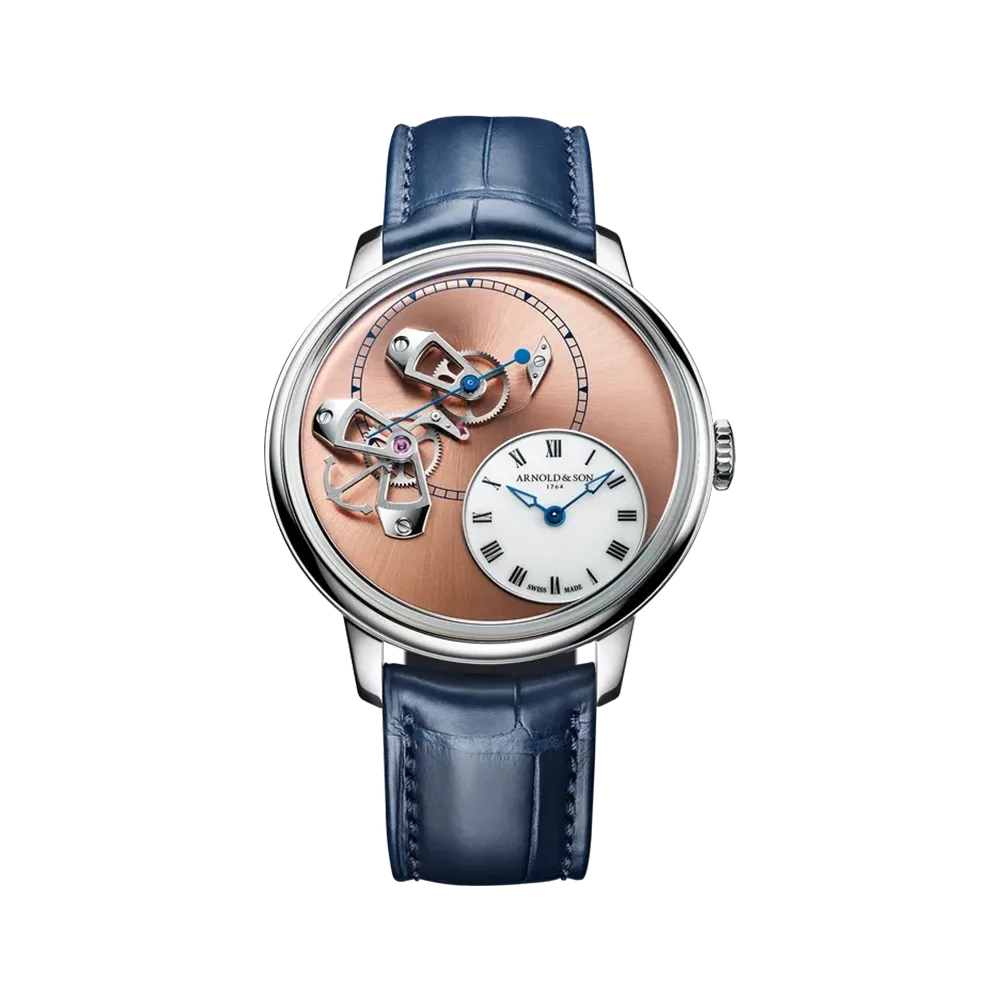
DSTB PLATINUM
42 mm
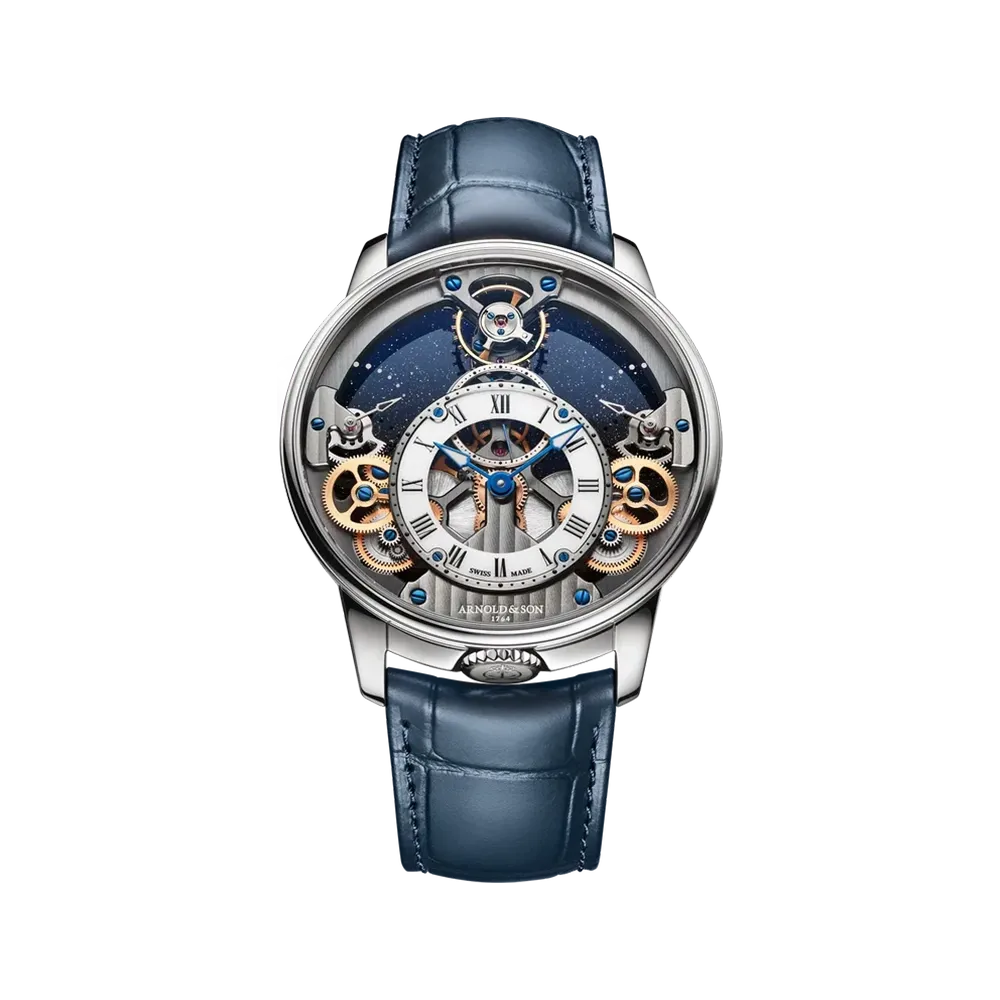
TIME PYRAMID PLATINUM
42.5 mm

LONGITUDE TITANIUM “OCEAN BLUE”
33 mm

LONGITUDE TITANIUM “KINGSAND GOLD”
33 mm
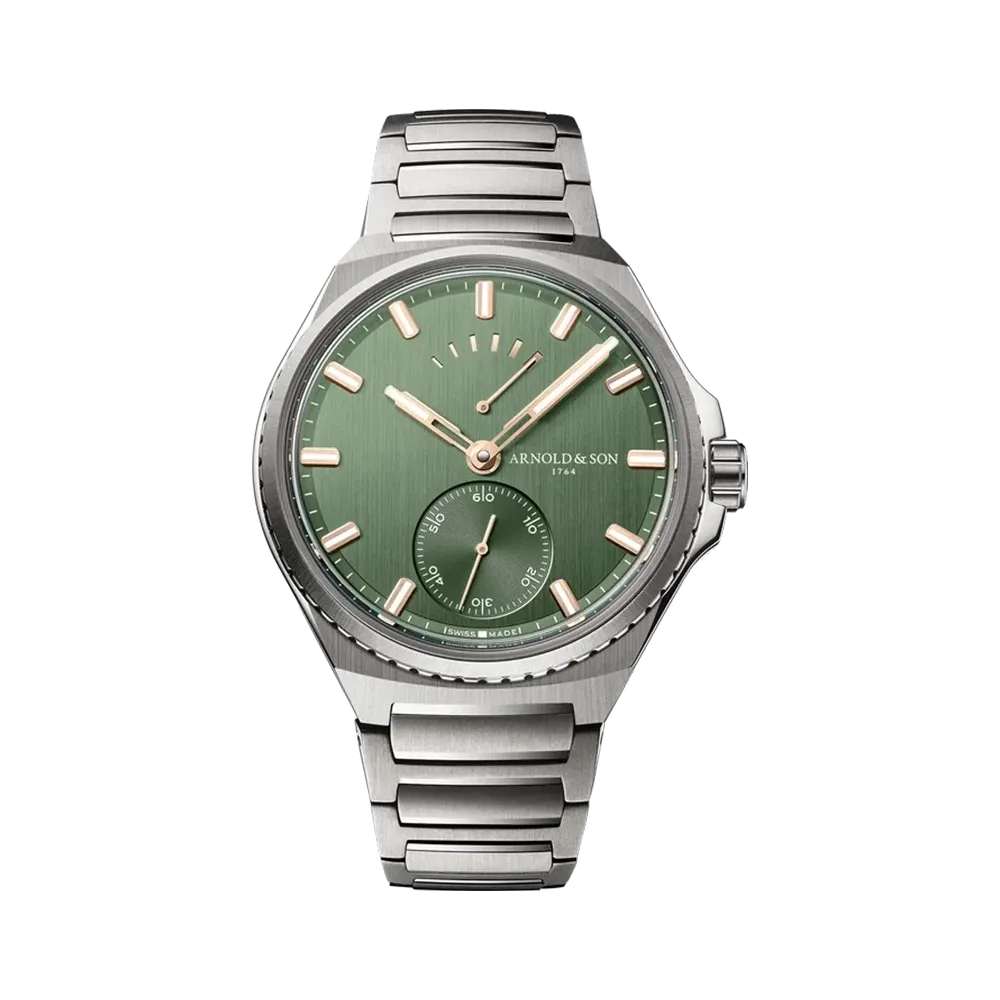
LONGITUDE TITANIUM “FERN GREEN”
33 mm
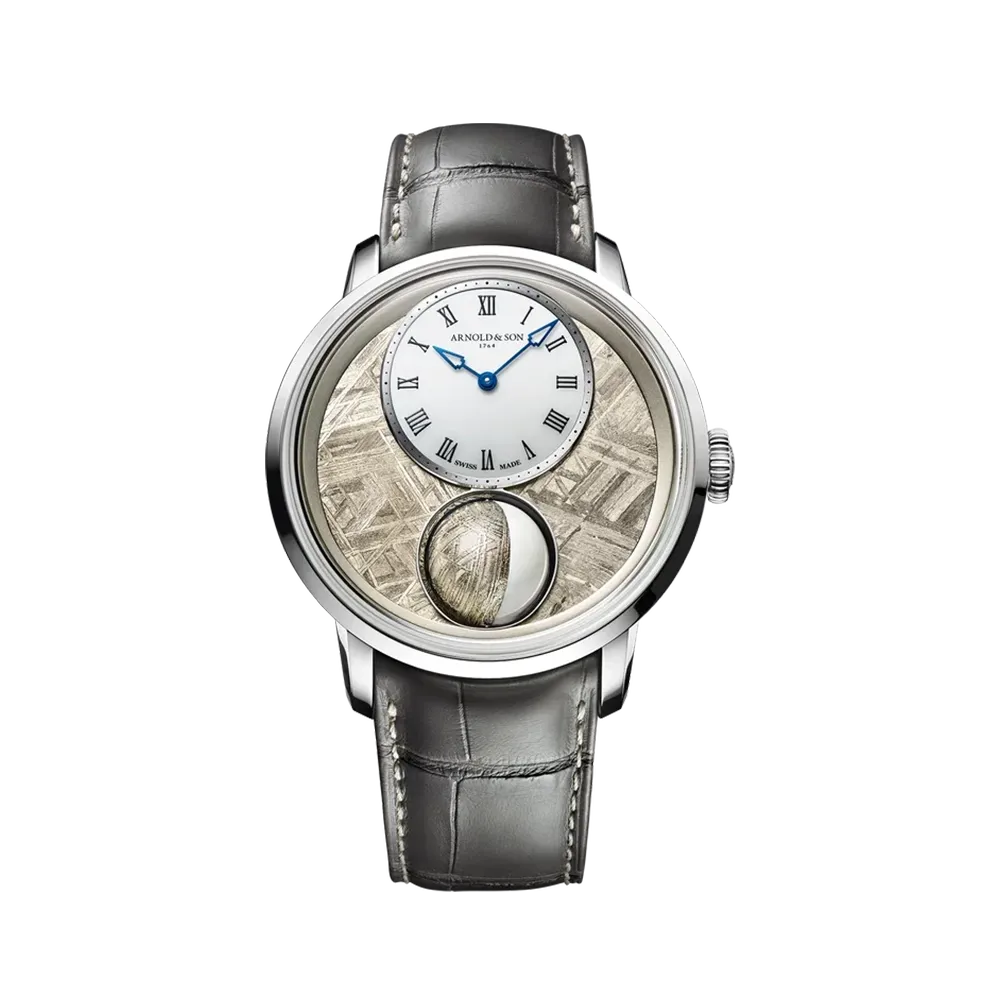
LUNA MAGNA PLATINIUM METEORITE
44 mm
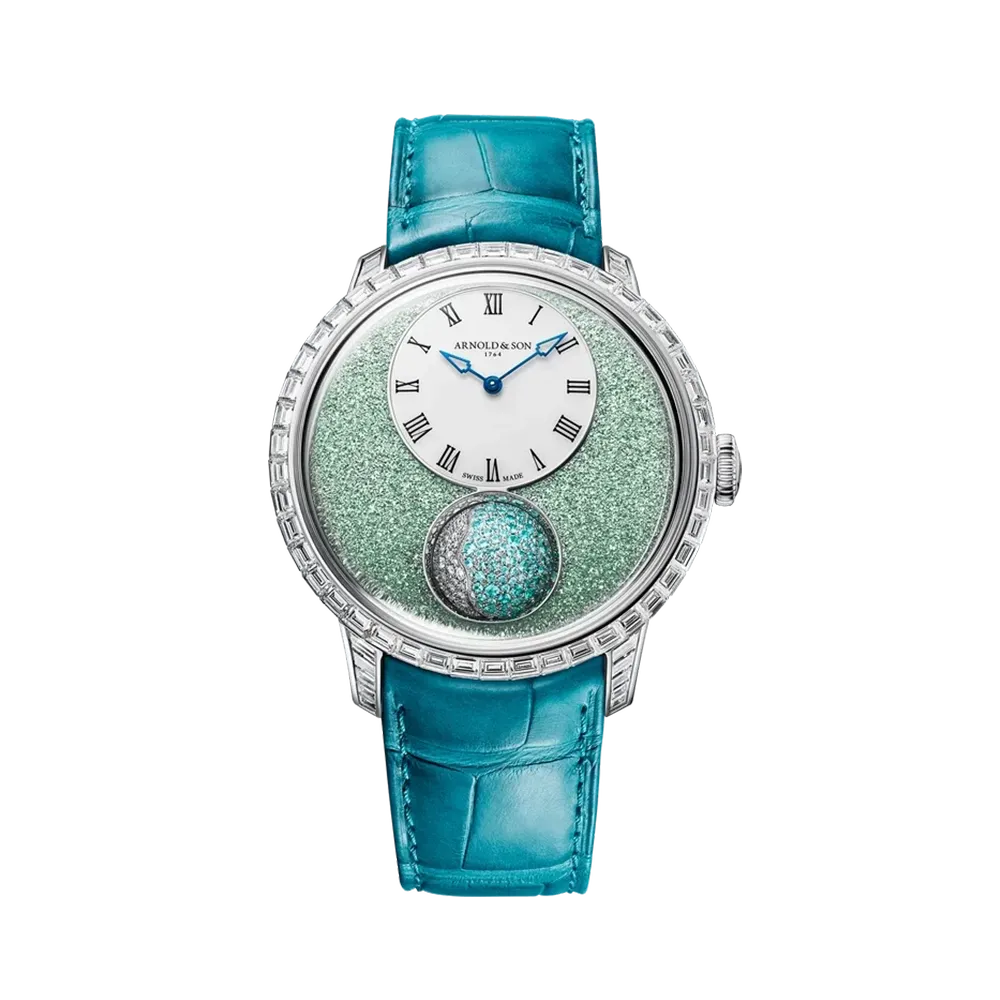
LUNA MAGNA ULTIMATE II
44 mm
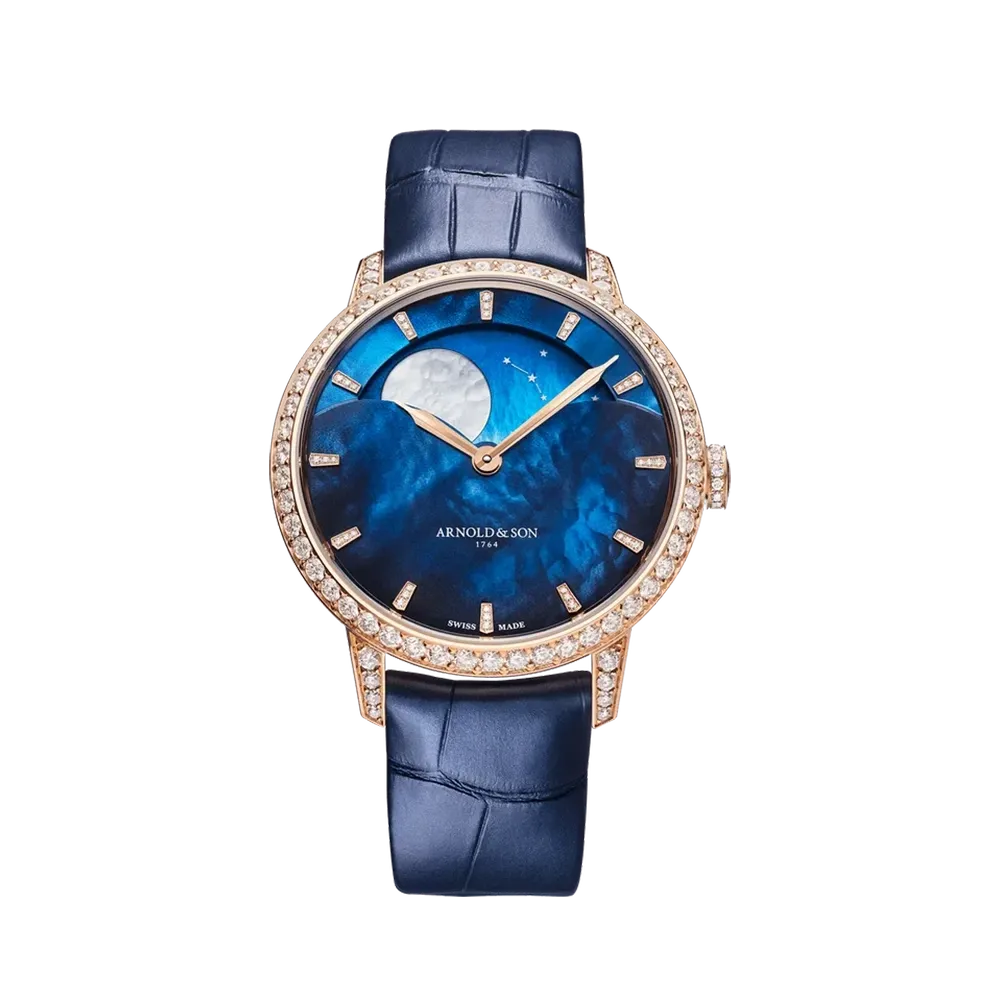
PERPETUAL MOON GOLD
38 mm
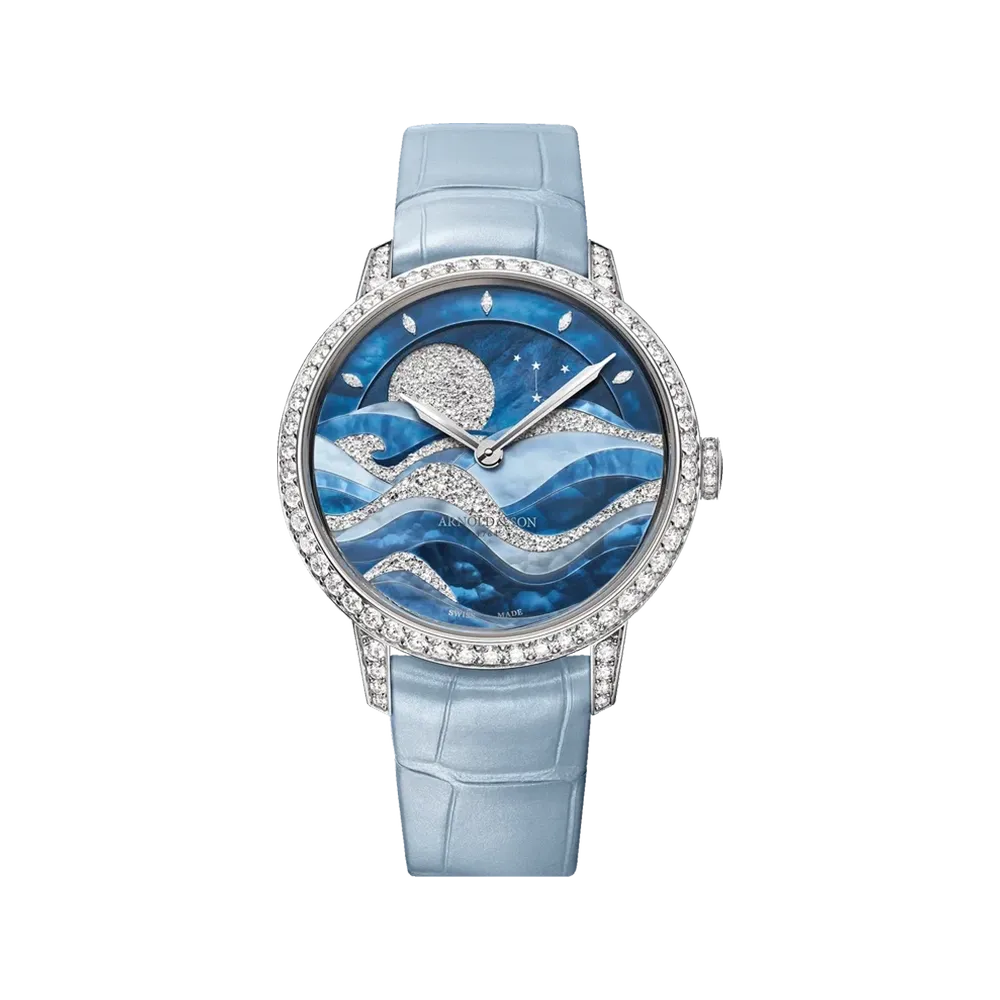
PERPETUAL MOON NIGHT TIDE
38 mm
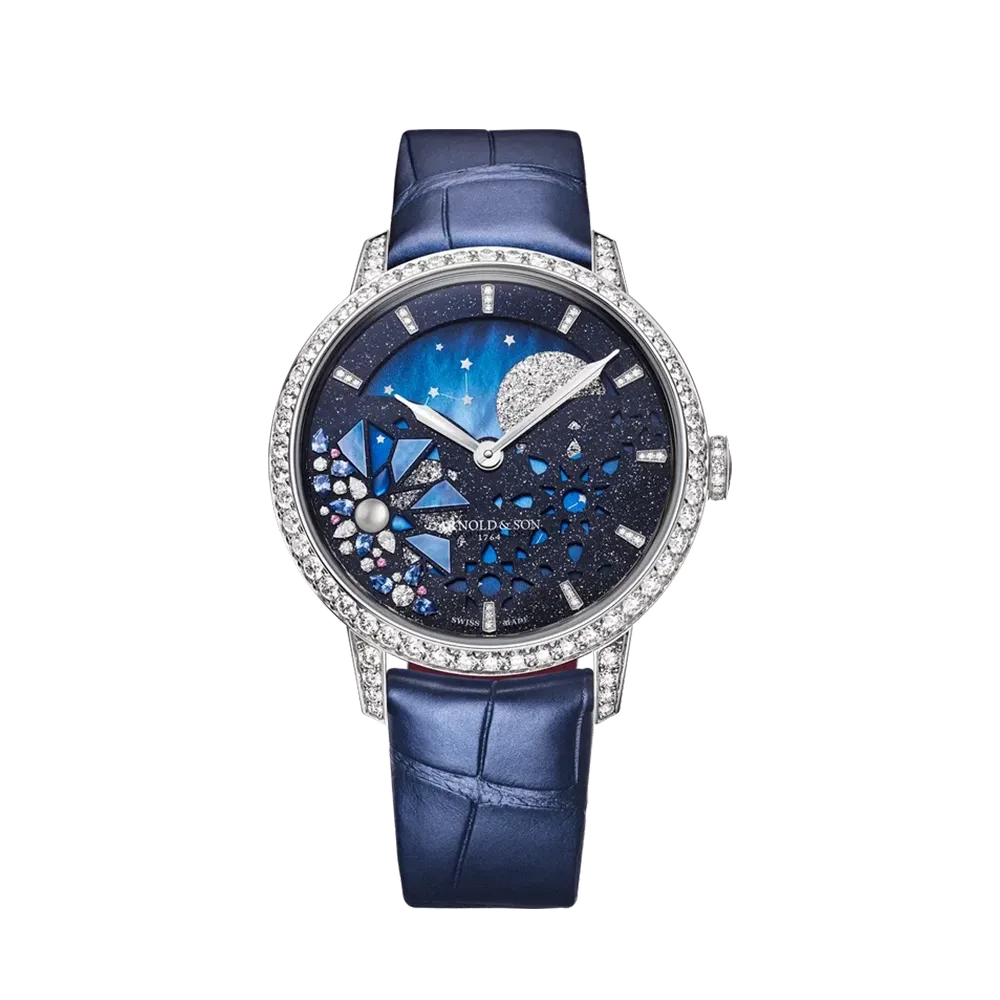
PERPETUAL MOON ECLIPSE I
38 mm
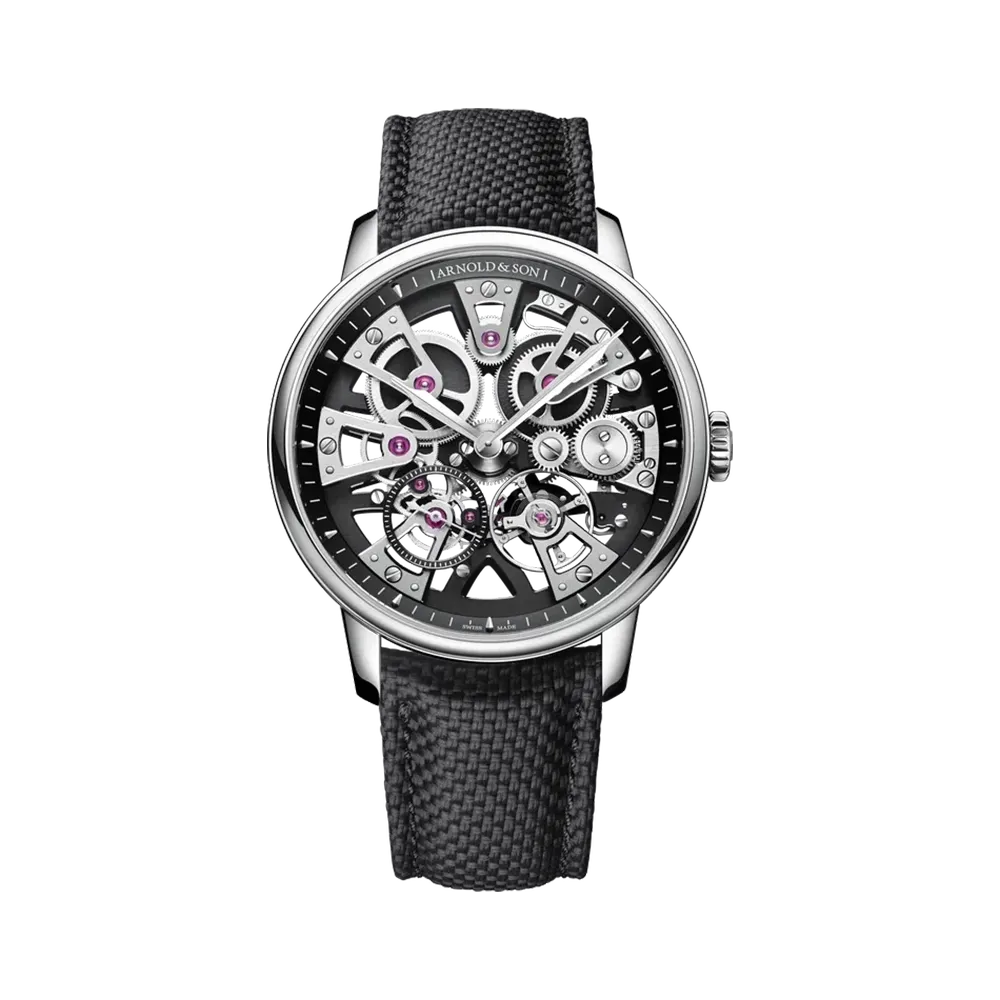
NEBULA STEEL
41.5 mm

NEBULA – YAS EDITION
41.5 mm
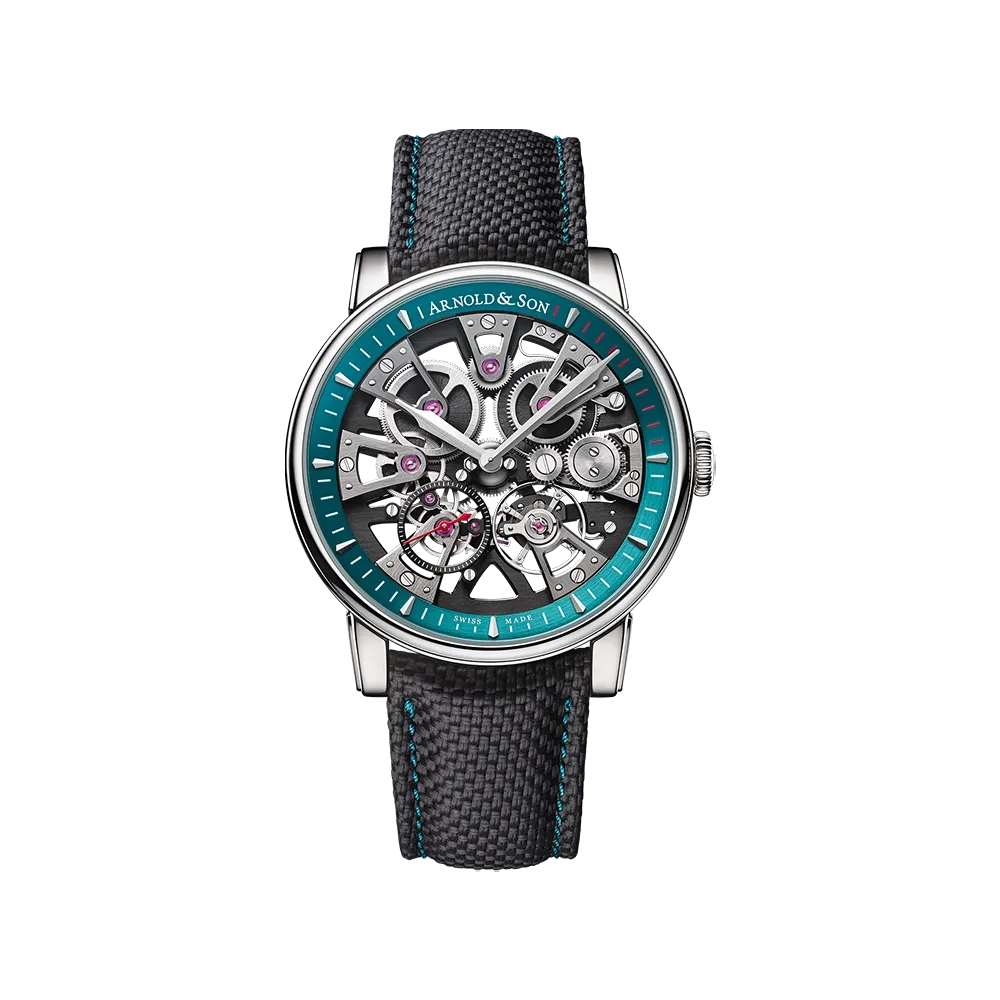
NEBULA – YAS EDITION
41.5 mm
